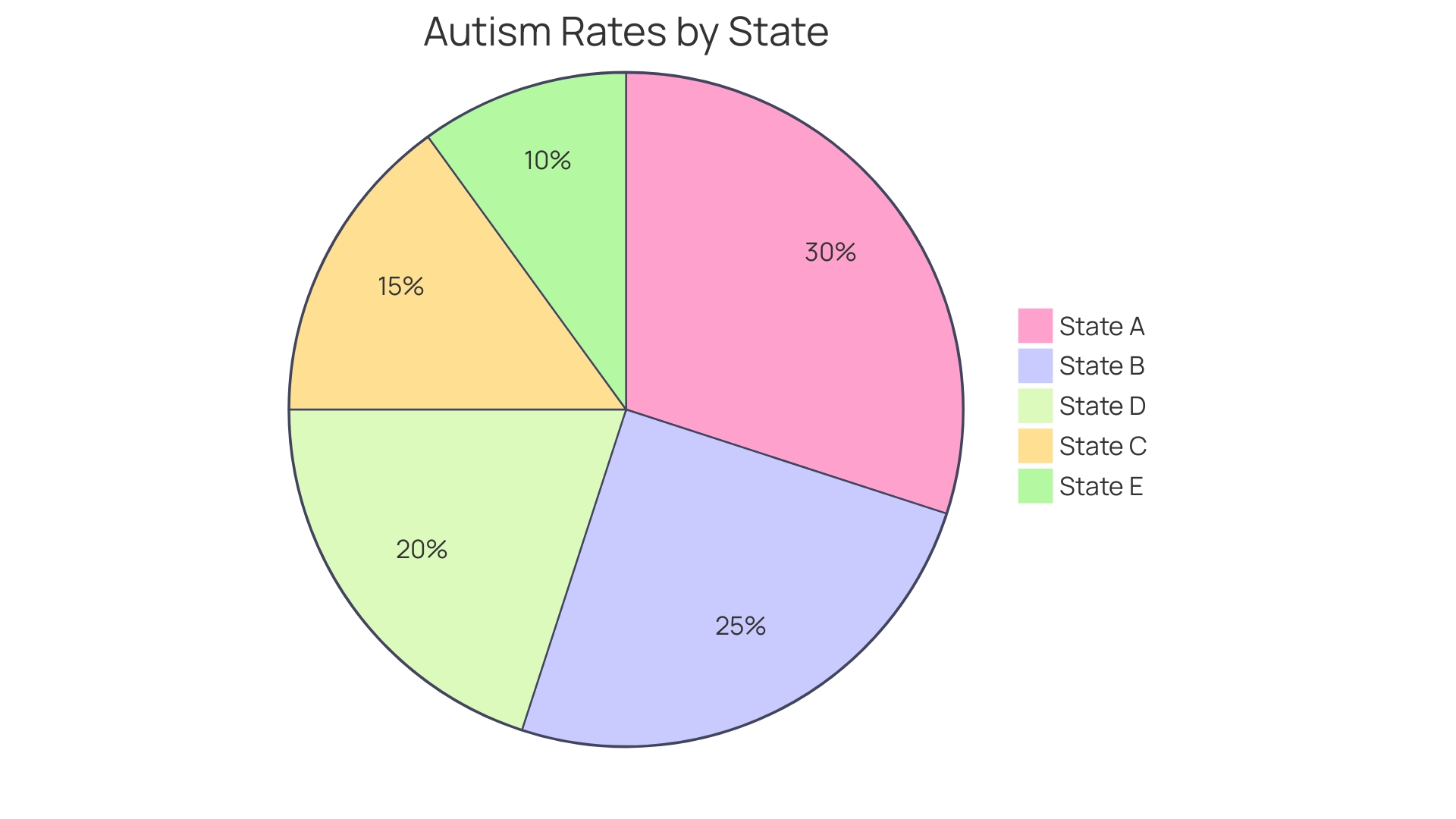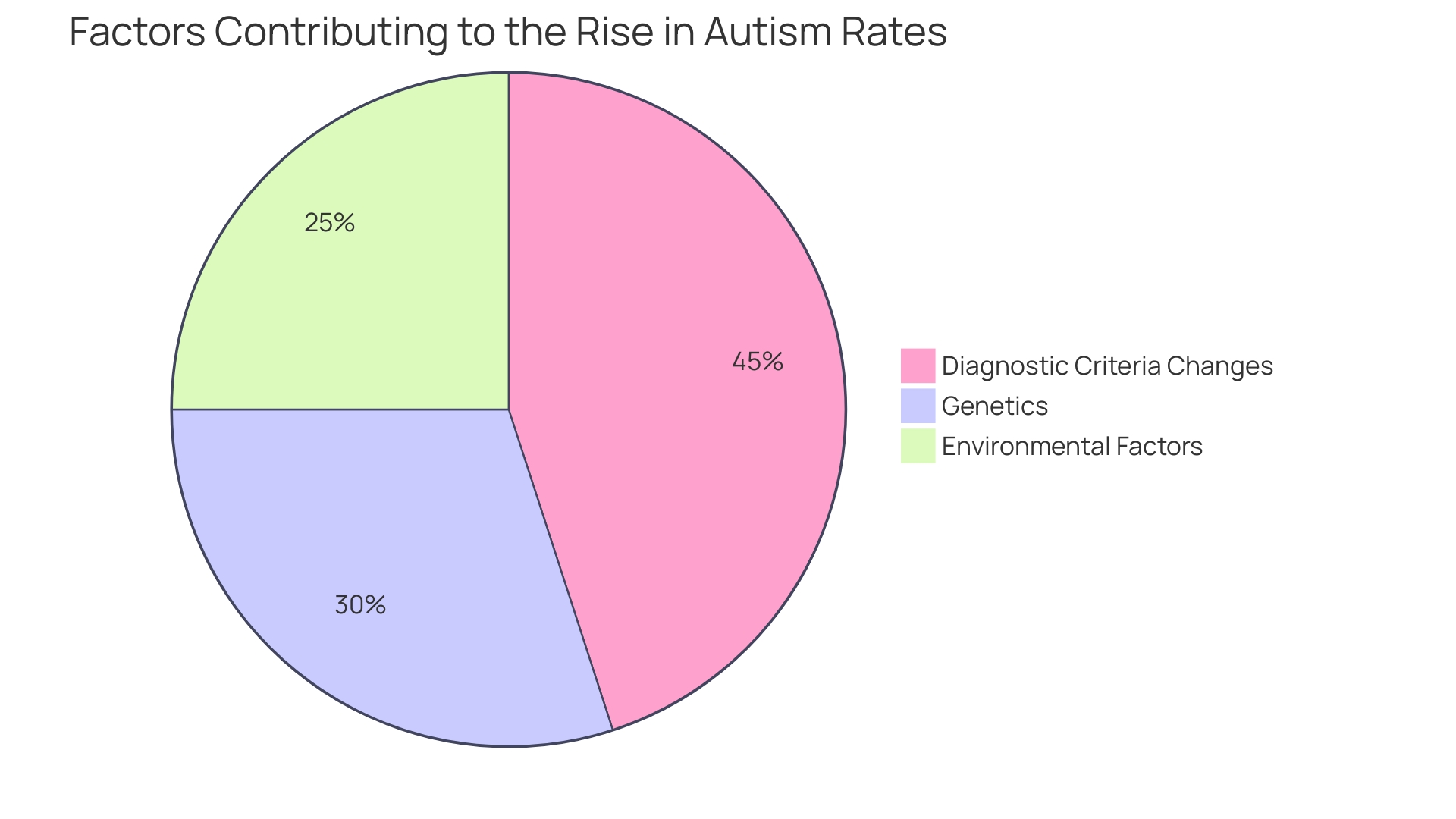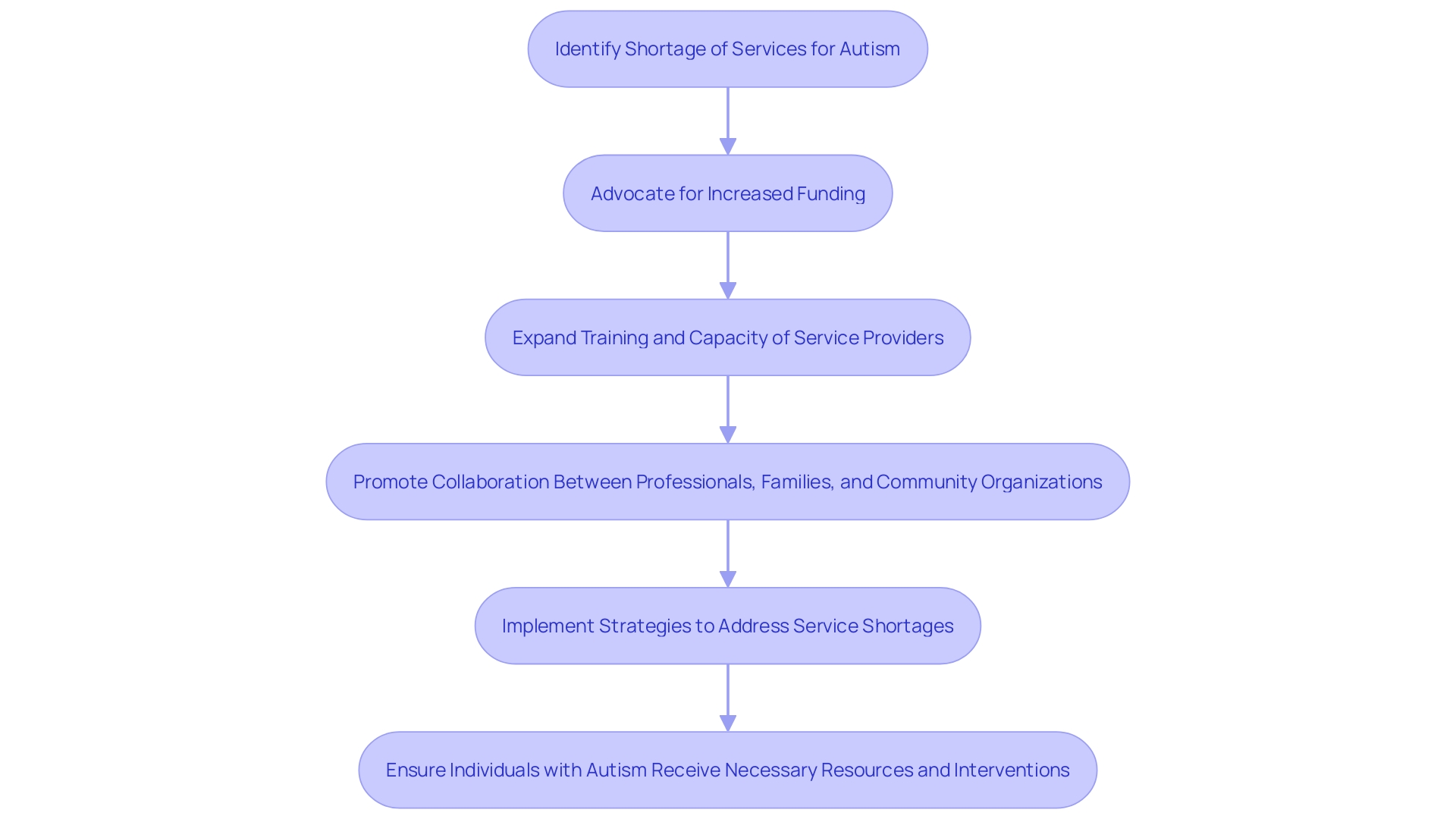Introduction
Autism Spectrum Disorder (ASD) is a complex condition that presents a range of challenges and strengths in individuals. Understanding the diagnostic criteria for autism is crucial in accessing early intervention and providing the necessary support.
This article explores the DSM-5 criteria for diagnosing ASD, the role of awareness and changing diagnostic criteria, biological factors contributing to the rise in autism rates, the impact of autism on individuals and families, the need for evidence-based practices in education, addressing the shortage of services and supports, and the perspectives of autistic individuals on authority and social structures. By delving into these topics, we can empower parent advocates to navigate the challenges of autism and ensure the well-being of their children.
Understanding the Diagnostic Criteria for Autism
Autism Spectrum Disorder (ASD) is a multifaceted neurodevelopmental condition, presenting a spectrum of challenges and strengths in affected individuals. Recognizing the signs of autism is a pivotal step in accessing early intervention, which can profoundly impact the developmental trajectory and quality of life.
The DSM-5, a critical reference for mental health professionals, delineates specific criteria for diagnosing ASD. These include pronounced difficulties in social communication and interaction, alongside a pattern of repetitive behaviors and narrowly focused interests.
Notwithstanding the importance of these criteria, it's essential to acknowledge that not everyone seeks or requires formal diagnosis. Many within the autistic and neurodivergent community embrace self-identification, given the limitations and often inconclusive outcomes of medical assessments. Whether for personal validation or to access tailored support, understanding these diagnostic guidelines can empower us to support those on the spectrum more effectively. This insight is backed by a diverse body of research, including interdisciplinary studies that unite the expertise of neuroscientists, physicians, and data scientists to enhance our understanding of ASD.
The Role of Awareness and Changing Diagnostic Criteria
The landscape of autism diagnosis has undergone a significant transformation in recent years, with clinicians becoming more adept at recognizing the signs of autism spectrum disorder (ASD). The absence of a straightforward test for autism means that diagnosis hinges on the skillful application of observational techniques, which require extensive training. As clinicians enhance their diagnostic capabilities, the prevalence of autism diagnoses has increased, reflecting a more accurate identification of individuals who were previously undetected.
This increase is not uniform, as reported by the Centers for Disease Control and Prevention (CDC), which notes marked disparities in autism rates across different states and even between school districts. These variations highlight the influence of clinician expertise and the availability of diagnostic resources on the detection of autism. This nuanced understanding of the diagnostic landscape explains the rise in reported autism rates and underscores the importance of continued professional development in the field of autism diagnosis.

Biological Factors Contributing to the Rise in Autism Rates
While awareness and changes in diagnostic criteria play a significant role, there are also biological factors contributing to the rise in autism rates. Research suggests that genetics play a crucial role in the development of autism.
Certain genetic variations and mutations have been associated with an increased risk of autism spectrum disorder (ASD). Additionally, environmental factors, such as prenatal exposure to certain substances or infections, may interact with genetic predispositions, further increasing the likelihood of autism.

Impact of Autism on Individuals and Families
Navigating life with autism involves embracing the uniqueness of each individual, while also acknowledging the challenges they may encounter in social settings, communication, and behavioral patterns. Autistic individuals often have to overcome hurdles in building and sustaining relationships, deciphering social nuances, and adjusting to new routines.
The ripple effect of these challenges is felt by their families as well, who are frequently tasked with securing support services, therapeutic interventions, and educational accommodations. With Autistica reporting that approximately 1 in 70 people in the UK are autistic, the impact is far-reaching, touching the lives of over a million individuals.
The job market presents its own set of obstacles, with only about 30% of working-age autistic individuals employed, compared to 50% of all disabled individuals and 80% of non-disabled individuals. Moreover, autistic individuals encounter significant financial disparities, earning on average a third less than their non-disabled counterparts. Addressing these multifaceted impacts of autism is essential, ensuring that autistic individuals and their families have access to the support and resources they need to thrive.
The Need for Evidence-Based Practices in Education
Tailoring educational strategies to the individual needs of students with autism is not just beneficial; it's grounded in a growing body of research that scrutinizes the effectiveness of non pharmacological interventions. As we wade through the complexities of educational research, we find that the most reliable studies are those that employ rigorous methodologies, such as randomized controlled trials, which have become more prevalent in autism research.
These studies stand in contrast to earlier quasi-experimental ones, pushing the envelope by offering clearer insights into what works and what doesn't. In fact, a synthesis of intervention research reveals that many studies have design flaws, making it difficult to ascertain their true impact, including their potential for harm or benefit.
This synthesis, aimed at critically evaluating intervention research, underscores the necessity of evidence-based practices in education for autistic children and youth. Moreover, evidence is not just about data that can be quantified.
As experts note, a holistic view of evidence considers the social and cultural context of learning. This broader perspective is crucial because it acknowledges that learning is a deeply social process, infused with cultural meaning. By understanding this, educators can prime the brain for learning, setting the stage for students to better absorb and retain information. Ultimately, every educational strategy should be approached with a 'healthy respect for data,' ensuring that interventions are not only based on empirical research but also aligned with a comprehensive understanding of the educational field. This multifaceted approach to evidence-based practices in education for individuals with autism is not just a theoretical ideal but a practical necessity for fostering genuine learning and development.
Addressing the Shortage of Services and Supports
Despite the increasing prevalence of autism, there continues to be a shortage of services and supports available to individuals and families. This shortage poses significant challenges for accessing timely and appropriate interventions.
It is essential to address this issue by advocating for increased funding, expanding service providers' training and capacity, and promoting collaboration between professionals, families, and community organizations. By addressing the shortage of services and supports, we can ensure that individuals with autism receive the necessary resources and interventions to reach their full potential.

Autistic Individuals' Perspectives on Authority and Social Structures
The intricate social dynamics that autistic individuals navigate offer a wealth of understanding into inclusivity and support. Their distinct viewpoints on hierarchical and social constructs greatly contribute to our collective knowledge. Autistic voices, when heard and valued, enrich our comprehension of their distinct needs, inclinations, and obstacles they face.
J. P. Scott's analysis of war and aggression reveals how organized societal structures can influence individual behavior. Similarly, autistic individuals may respond to social cues and authority in ways that reflect their unique integration within society, much like soldiers in World War I who mobilized not out of personal motivation but due to ingrained obedience. Recognizing and integrating these insights is pivotal in shaping inclusive policies and programs that not only acknowledge but also celebrate autistic individuals, fostering an environment where they can thrive.
Conclusion
In conclusion, understanding the diagnostic criteria for Autism Spectrum Disorder (ASD) is crucial for early intervention and support. The DSM-5 criteria outline key indicators, including difficulties in social communication and repetitive behaviors. While awareness and changing diagnostic criteria contribute to the rise in autism rates, biological factors also play a role.
Autism has a significant impact on individuals and families, affecting social interactions and daily routines. Accessing support services can be challenging, highlighting the need for increased resources. In education, evidence-based practices tailored to individual needs are essential for supporting autistic students.
Rigorous research methodologies provide valuable insights into effective interventions. Despite increasing prevalence, there is a shortage of services and supports available. Advocating for increased funding and collaboration can help address this issue.
Incorporating autistic individuals' perspectives enriches our understanding of their unique needs. Recognizing their voices contributes to shaping inclusive policies. By delving into these topics, we empower parent advocates to navigate the challenges of autism and ensure the well-being of their children.




